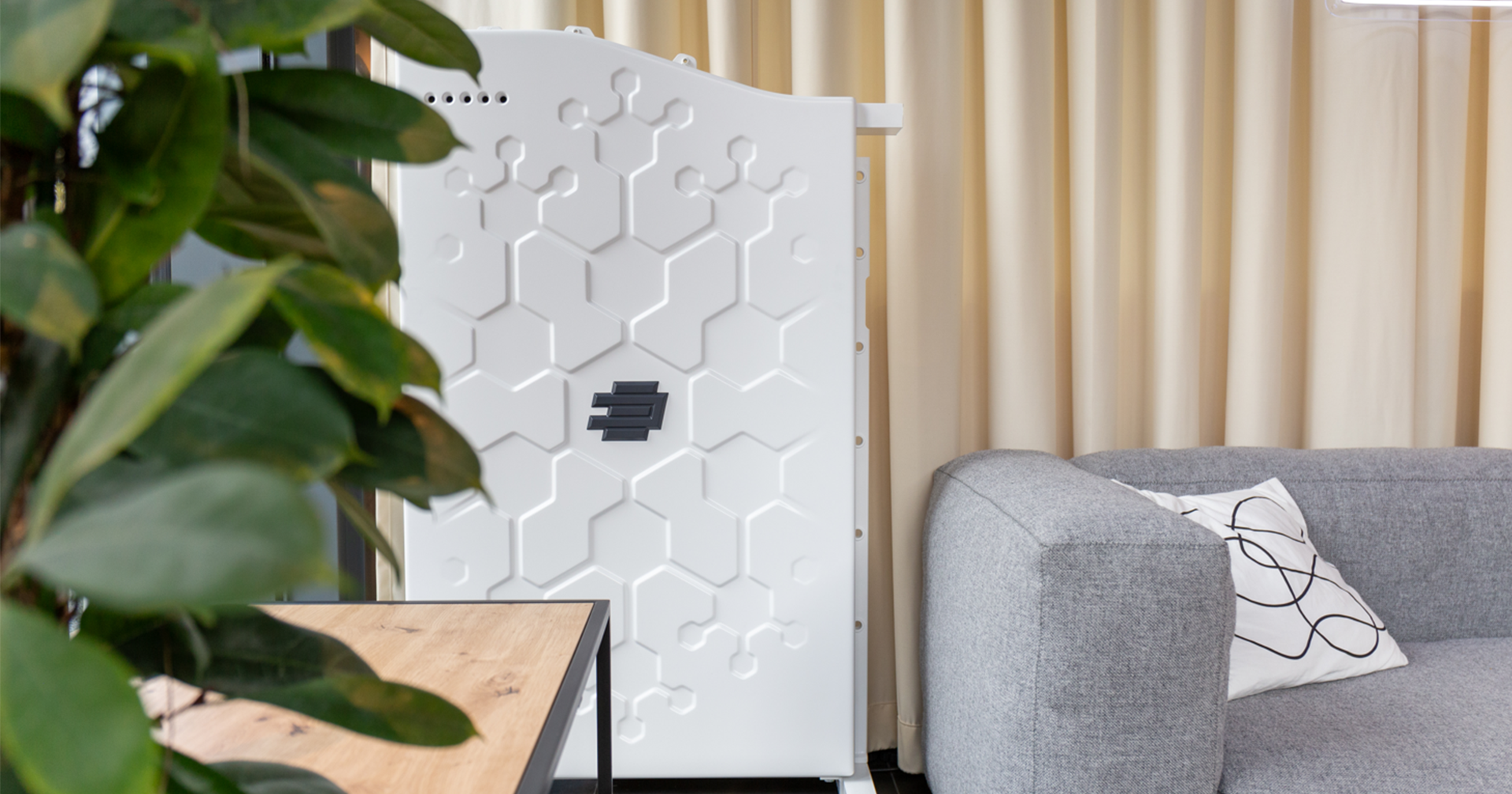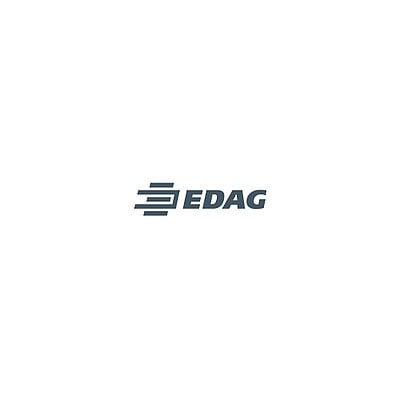Does it make any difference to the climate which supplier delivers sheet metal or aluminum parts? Does the difference carry any weight at all? Or does the design still hold hidden potential for optimization with regard to sustainability and environmental friendliness? The Quick Life Cycle Assessment (QLCA) software developed by EDAG can answer these questions, enabling a CO2 equivalent footprint to be calculated at an early stage of development.
According to a publication issued by the Federal Ministry for the Environment in 2020, diesel and gasoline-powered cars (compact class, 150,000 km) going into operation that year will, in the course of their lifetime, emit 212 and 233 grams of CO2 equivalents per kilometer respectively, with electric cars emitting just 162 g/km. There is only a slight change in the forecast for combustion engines for 2030: down to 195 and 212 grams of CO2 equivalents respectively, and to a mere 123 grams for BEVs – reflecting the "greener" electricity mix.
Design is what counts
In addition to emissions generated during operation, the entire product life cycle – including production, maintenance and disposal – is also taken into account. With combustion engines, this CO2 equivalent "rucksack" accounts for around 60 g of CO2 equivalent per kilometer driven. In a BEV, the value is around 100 grams, almost half of which is attributable to the production of the battery. Without the storage battery, the value is similar to that of the combustion engine.
Some 80 percent of the environmental impact attributable to this CO2 equivalent "rucksack" is defined in the design phase. The development departments therefore bear enormous responsibility when it comes to putting more climate-friendly products on the road, no matter what drive technology they use.
Not without the right tools
The fact is that creating sustainable design, development and production without doing a life cycle assessment is like trying to design an affordable product without first calculating the cost. To date, the life cycle assessment has generally only been carried out once the product has already been launched on the market. While this provides possible starting points for improvement, these can only be implemented in the next development cycle.
The development process itself is already a balancing act involving many different, and sometimes contradictory, requirements. If the CO2 equivalent footprint of a product is to be included, this is an additional requirement needing to be factored into the process.
With this in mind, EDAG has developed a web-based tool: Quick Life Cycle Assessment (QLCA). At an early stage of development, it provides the information needed to estimate the global warming potential (GWP), identify components and assemblies with major savings potential, and compare alternative designs. 
Unlike a conventional LCA, which calls for skilled personnel, the user-friendly tool can be put to direct use by development engineers and designers themselves. As a result, it can easily be integrated into the standard processes, and simplifies communication and the creation of reports and documentation.
Structure leads to results
The QLCA tool takes the user through the process in simple steps. The entries are structured according to the various phases of the life cycle, for instance the production of raw materials and primary products, the production process, operation through to disposal, recycling or reuse. 
It enables individual analyses to be created, which can later be compared with other concepts, or the data for an A/B comparison to be recorded from the very outset.
When entering data, users can draw on either freely accessible or their own databases to provide the information required for raw materials, materials, manufacturing processes and transport routes, products and assemblies. They can also create their own templates summarizing certain production sequences, to avoid having to constantly recreate them from scratch.
As a result, users are provided with an overview of the CO2 equivalent footprint calculated for the concept. From the graphical representation, it can be seen at a glance which components have the greatest impact on the climate - and therefore also offer the greatest potential for optimization. 
Great interest among engineers
The experience the EDAG specialists have gained in initial customer projects is promising. It is evident that the development engineers – keen to make their own work more sustainable – welcome the tool and put it to systematic use. What helps here is the fact that the application is intuitive to use and and is being constantly enhanced in line with customer requests and suggestions.
Another aspect in favor of the EDAG application is data security. The QLCA is a web-based cloud application hosted in EDAG's own data center in Fulda. Due to the fact that every customer is assigned a dedicated software environment, it is impossible for third parties to access the data. Within a customer environment, projects can also be kept separate from one another, as it is possible to define which employees are allowed to access a particular project.
Verifiable advantages
The results speak for themselves. In one customer project, for example, an assembly was optimized with the help of the QLCA tool, leading to a more than 40% reduction in the CO2 equivalent footprint. The weight was also reduced by more than 15 percent, another important aspect in vehicle construction. This is also indicated in the tool, along with the GWP.
In another case, using the QLCA led to a completely new design. This was because it became clear that the original design, consisting of a deep-drawn sheet metal part, created a great deal of waste in the form of off-cuts. As a result, the developers switched to a concept based on a simple pipe, which generates significantly less waste and has a correspondingly lower CO2 equivalent footprint.
If you have any questions about the application or would like to know whether the QLCA tool is also suitable for your projects, please contact Christopher Bellingwout, Project Leader Sustainability. Or download our white paper "Greater Sustainability in Product Development", which explains in detail what functions the web tool offers, how it helps to achieve "greener" development and how data security and cybersecurity are guaranteed.
You can also test the tool yourself for four weeks at no obligation and at no cost at: demo.qlca.online






